Are you dreaming of gorgeous Amaryllis blooms in your garden? Many people assume that these tropical flowers can only be grown indoors, but the truth is they can be planted outside as well! Growing amaryllis outdoors has its benefits – although it’s important to note that certain conditions must be met for a successful outdoor planting. We’ll cover all the basics so you can bring these delightful flowers to your backyard with ease. Read on to learn more about how to plant and care for amaryllis in an outdoor space!
Amaryllis
Amaryllis, a genus of flowering bulbs, is renowned for its dramatic, trumpet-shaped blooms that grace many gardens and indoor spaces with their vibrant colors. Typically associated with the holiday season due to their winter blooming period, these stunning flowers have become a symbol of love, strength, and beauty. Despite their tropical origins, with a little care and attention, you can cultivate these beautiful flowers outdoors successfully.
Characteristics & Types
Amaryllis flowers are large and showy, making them a standout addition to any garden. The blooms usually come in clusters of 2-12 at the top of a sturdy stem, and each individual flower can be up to 8 inches in diameter! The origin of these delightful flowers can be traced back to different regions, showcasing a mesmerizing array of colors such as pink, red, orange, white, yellow, and even enchanting multicolored patterns. As for the types, there are two main varieties of amaryllis – Hippeastrum and Amaryllis belladonna. Hippeastrum is usually grown indoors from bulbs while Amaryllis belladonna can be planted outdoors in either dry or moist climates depending on the species [1]
There are several types of amaryllis that have distinctive characteristics:
- Hippeastrum Rilona: Known for its peach-colored flowers, this variety blossoms in late winter or early spring. It’s a popular choice for those wanting to add a splash of warm hues to their garden or indoor space.
- Hippeastrum Red Lion: This is arguably the most famous type of amaryllis, bearing vibrant, deep red flowers. It thrives both indoors and outdoors, and its striking color makes it a favorite for holiday decorations.
- Hippeastrum Apple Blossom: This variety boasts white flowers with soft pink streaks, resembling apple blossoms. Its attractive color combination and sweet fragrance make it a lovely addition to any garden.
- Hippeastrum Exotica: As the name suggests, this type has an exotic look with its large, trumpet-shaped flowers in a unique salmon pink color. It’s perfect for those who want something a bit different in their floral display.
- Hippeastrum Black Pearl: This is a unique variety showcasing dark, almost crimson red flowers that give it an almost black appearance. It’s a dramatic choice for gardeners who want to make a bold statement.
Remember, different types of amaryllis have varying care requirements, so it’s essential to choose a variety that suits your specific gardening conditions.
Popularity of Amaryllis as an outdoor decoration
Amaryllis plants can trace their origins back to South America, primarily to the regions of Peru and South Africa. [2] There is an interesting Greek myth associated with its name. Amaryllis, a shepherdess, demonstrated her deep love by sacrificing her own blood, which then gave rise to the exquisite red blossoms.
Over time, the amaryllis has gained worldwide popularity, thanks to its captivating beauty and vibrant colors. Cultivating these plants from bulbs is incredibly easy, and their exceptional adaptability to various environments has endeared them to gardeners and flower enthusiasts all around the globe. With their stunning, trumpet-shaped blossoms, they effortlessly take the spotlight, making them a sought-after option for outdoor adornments in gardens and floral displays.
In addition to their garden appeal, amaryllis bulbs are often grown indoors, particularly during the winter months, adding a pop of color and warmth to homes. Their elegant structure and array of colors make them an ideal choice for festive occasions, and they are often seen adorning homes during Christmas time. The amaryllis indeed serves not just as an ornamental plant, but also as a symbol of beauty, strength, and love in homes and gardens around the world.
Considerations Before Planting Amaryllis Outside
Before embarking on your outdoor amaryllis planting journey, it’s important to consider a few factors that could impact your success. The first point of consideration is your climate. Amaryllis plants generally thrive in warmer climates with minimal frost. If your area experiences harsh winters, it might be best to plant bulbs in pots that can be brought indoors when the temperatures drop.
Lastly, consider the location of your planting site. To ensure healthy blooming, Amaryllis plants require ample sunlight. It is recommended to select a location that receives direct sunlight daily. However, if you live in a particularly hot climate, a location that gets morning sunlight and afternoon shade would be best to prevent the flowers from getting scorched by the intense midday sun.
Successfully growing amaryllis outdoors requires a delicate balance of the right conditions. Proper preparation and thoughtful consideration are crucial in guaranteeing a vibrant and healthy amaryllis showcase in your garden.
Steps to Successfully Plant Amaryllis Outside
Bulb Planting Timing
The planting time for amaryllis bulbs is crucial in ensuring a successful growth cycle. Typically, it is recommended to plant amaryllis bulbs outdoors during the late summer or early autumn season. [3] The bulbs are given enough time to establish themselves before the arrival of winter, ensuring their growth is not hindered by the cold temperatures. In warmer climates, where frost is not a concern, the bulbs can be planted as late as the end of autumn.
Bear in mind that amaryllis bulbs planted outdoors will typically bloom in the spring. To ensure a continuous display of blooms, consider staggering the planting of your bulbs every two weeks throughout the planting season. This method will give you a succession of flowers throughout the spring and early summer. Remember, nature has its schedule, and patience is a gardener’s virtue.
Site Selection
Choosing the right site for planting your amaryllis is one of the most crucial aspects of successful growth and blooming. For the plants to flourish, it is important that the planting site gets a minimum of six hours of direct sunlight daily. Ample sunlight is necessary for photosynthesis, which is the process by which plants generate food for growth and flowering. In particularly hot climates, choose a location that receives morning sunlight but is shaded during the intense afternoon heat to protect the flowers from getting scorched.
Remember, the condition of your planting site can greatly influence the health and blooming of your amaryllis. A well-prepared and chosen site can be the difference between a vibrant, flourishing display and a lackluster performance. So take the time to prepare your site carefully, consider the specific needs of your amaryllis, and enjoy the rewards of your hard work when the beautiful blooms appear.
Soil Preparation
Proper soil preparation is critical for the successful growth of amaryllis. Amaryllis prefers well-draining soil as it allows water to flow through it quickly without causing waterlogging. Waterlogged soil can lead to rotting of the bulb, which may ultimately result in plant failure.
To achieve ideal soil conditions, start with a soil test to understand the existing nutrient content and pH level. Amaryllis prefers slightly acidic to neutral pH, ranging between 6.0 and 7.5. [4] If your soil is significantly acidic or alkaline, you may need to add lime or sulfur respectively to adjust the pH.
If your garden soil mainly consists of clay or sand, you can enhance it by adding organic materials like compost, leaf mold, or well-aged manure. This will improve soil structure, promote drainage, and boost nutrient content. A layer of mulch around the plant can also help retain soil moisture and maintain a steady soil temperature.
Remember, investing time in preparing your soil can significantly impact the health and vigor of your amaryllis plants, leading to a more vibrant and long-lasting display of blooms.
Bulb Planting Technique:
Planting the amaryllis bulb correctly is the next crucial step. Start by digging a hole l about 12-15 inches deep. The size of the hole should be approximately twice the diameter of the bulb.
Place the bulb in the hole – this is where the stem will sprout. Make sure that the upper portion of the bulb is exposed above the soil surface to prevent rotting.
Carefully press the soil down and remove any trapped air. Give it a good watering to help the soil settle around the bulb. Once planted, it’s advised to apply a layer of mulch around the plant. Remember to avoid piling mulch directly against the bulb as this can cause rot. After being planted, the bulb should only be watered when the soil becomes dry to the touch. Excessive watering may result in bulb rot.
Watering and Mulching
Watering and mulching are essential components of amaryllis care. When it comes to watering, the key is to strike a balance – the soil should be moist, but not waterlogged. Overwatering can cause bulb and root rot, which can be detrimental to the plant. Once you have planted, make sure to water adequately. Allow the top layer of soil to dry out before watering again. This usually means watering once a week, but it could be more often in hot, dry weather, or less often in cool, damp weather.
Mulching is equally important, providing numerous benefits for your amaryllis plants. Using mulch has several benefits for plants. It helps to retain moisture in the soil, reducing the need for frequent watering and ensuring a consistent water supply. Organic mulch, such as compost, leaf mold, or well-rotted manure, can also enrich the soil as it decomposes, providing extra nutrients for the plants. Add a layer of compost around the plants, ensuring that it is 2-3 inches thick. Be cautious not to heap it against the bulb.
Caring for Outdoor Amaryllis
Regular Fertilizing
Regular fertilizing is crucial for amaryllis as it provides the nutrients necessary for growth and blooming. Apply a balanced all-purpose fertilizer once a month from spring until late summer.
Pruning and Deadheading
Prune any yellow or brown leaves to maintain plant health and aesthetics. Deadheading, or removing spent flowers, is also important as it helps redirect energy from seed production to bulb health, promoting a more vigorous display in the next blooming season.
Overwintering
In colder climates, amaryllis bulbs need to be overwintered indoors to protect them from freezing temperatures. Dig up the bulbs before the first frost, remove any excess soil, and store them in a cool and dark place. Replant them in the garden after the threat of frost has passed in the spring.
Monitoring for Pests and Diseases
Keep an eye out for common pests like aphids, mealybugs, and spider mites. If detected, treat the plants with a suitable insecticidal soap or spray. Also, watch for symptoms of diseases such as bulb rot and leaf spot. If any disease symptoms appear, remove the affected parts and treat the plant with an appropriate fungicide.
Remember, taking good care of your amaryllis plants will reward you with a spectacular display of blossoms for many seasons to come.
Decorative Ideas for Home and Garden
Amaryllis flowers, with their stunning trumpet-shaped blooms, can be effectively used to enhance the aesthetic appeal of both your home and garden.
For your garden landscape, consider planting amaryllis in groups for a dramatic effect. Use them as a border along paths or driveways, or plant them in clusters in a dedicated flower bed. The vibrant blossoms, standing tall on sturdy stems, can also serve as a focal point in your garden, drawing the eye and creating a splash of color.
Amaryllis also makes for wonderful holiday decorations. The timing of their blooming season makes them a popular choice for Christmas décor. Whether it’s a vibrant Red Lion amaryllis adding a festive touch to your Christmas table arrangement, or a soft, snowy-white Alfresco amaryllis adorning your mantelpiece, these beautiful flowers can make the holiday season even more enchanting.
Frequently Asked Questions
Can you plant amaryllis in the ground outside?
Yes, you can plant amaryllis bulbs in the ground outside, but it’s crucial to consider the climate of your area. Amaryllis is a tropical plant that thrives in warm temperatures and does not tolerate frost well. In regions with mild winters, where the temperature doesn’t drop below 10°C (50°F), amaryllis can be planted directly in the garden and left there year-round. However, in colder climates, the bulbs must be dug up in the fall, stored indoors over winter, and then replanted in the spring after the threat of frost has passed.
Where is the best place to plant an amaryllis outside?
The best place to plant an amaryllis outside would be in a spot that receives plenty of sunshine, as these plants thrive in bright light. However, they can also tolerate partial shade. The soil should be well-draining, as amaryllis do not do well in waterlogged conditions. You may also want to consider a location that showcases the dramatic blossoms of the amaryllis – perhaps a spot that is visible from a window, or near a walkway where they can be easily admired. Sheltered locations are preferable, as strong winds can damage the tall flower stalks.
Can I put my potted amaryllis outside?
Yes, you can put your potted amaryllis outside. In fact, it can benefit from the bright, indirect light and fresh air. However, care must be taken to ensure that the plant is not exposed to direct midday sunlight, which can scorch the leaves. Also, like amaryllis planted in the ground, potted amaryllis should be brought indoors before the first frost in colder climates. While outside, the pot should be placed in a location where it will not sit in water, as overwatering or poor drainage can lead to bulb rot.
Can amaryllis stay outside in winter?
Amaryllis can only stay outside in winter if they are in a region with a mild climate where temperatures do not drop below 10°C (50°F). These tropical plants do not tolerate frost well. If you live in a colder climate where frosts are common, you should dig up the amaryllis bulbs in the fall, store them indoors in a cool, dark, dry place, and then replant them in the spring after the threat of frost has passed. Failure to do so can result in the bulbs freezing and the plant dying. Always remember, proper care for your amaryllis in all seasons will ensure beautiful and healthy growth.
Useful Video: Amaryllis waxed bulbs, plant in garden, how to plant amaryllis bulbs outside
Conclusion
In conclusion, it is possible to plant amaryllis outside and have a beautiful garden decoration. These blooms are sure to brighten any landscape and will become increasingly popular in coming years. Amaryllis come in many different varieties and sizes, so they can fit most gardens. They can also be found in many colors, with some of the more popular being red, pink, white and yellow. If you take proper care of them, you can enjoy beautiful flowers for many years. While they require some extra maintenance because of their delicate growing requirements, the effort is worth it for this gorgeous summer flower. Not only do amaryllis look good but they are quite easy to find; most local nurseries should stock these pieces of organic beauty. Plant an amaryllis today and start your outdoor decorating project!
References:
- https://www.rhs.org.uk/plants/hippeastrum/growing-guide
- https://hort.extension.wisc.edu/articles/amaryllis-hippeastrum/
- https://gardenerspath.com/plants/flowers/grow-amaryllis-outdoors/
- https://shuncy.com/article/uncovering-the-unique-benefits-of-growing-amaryllis-in-varied-geographical-areas





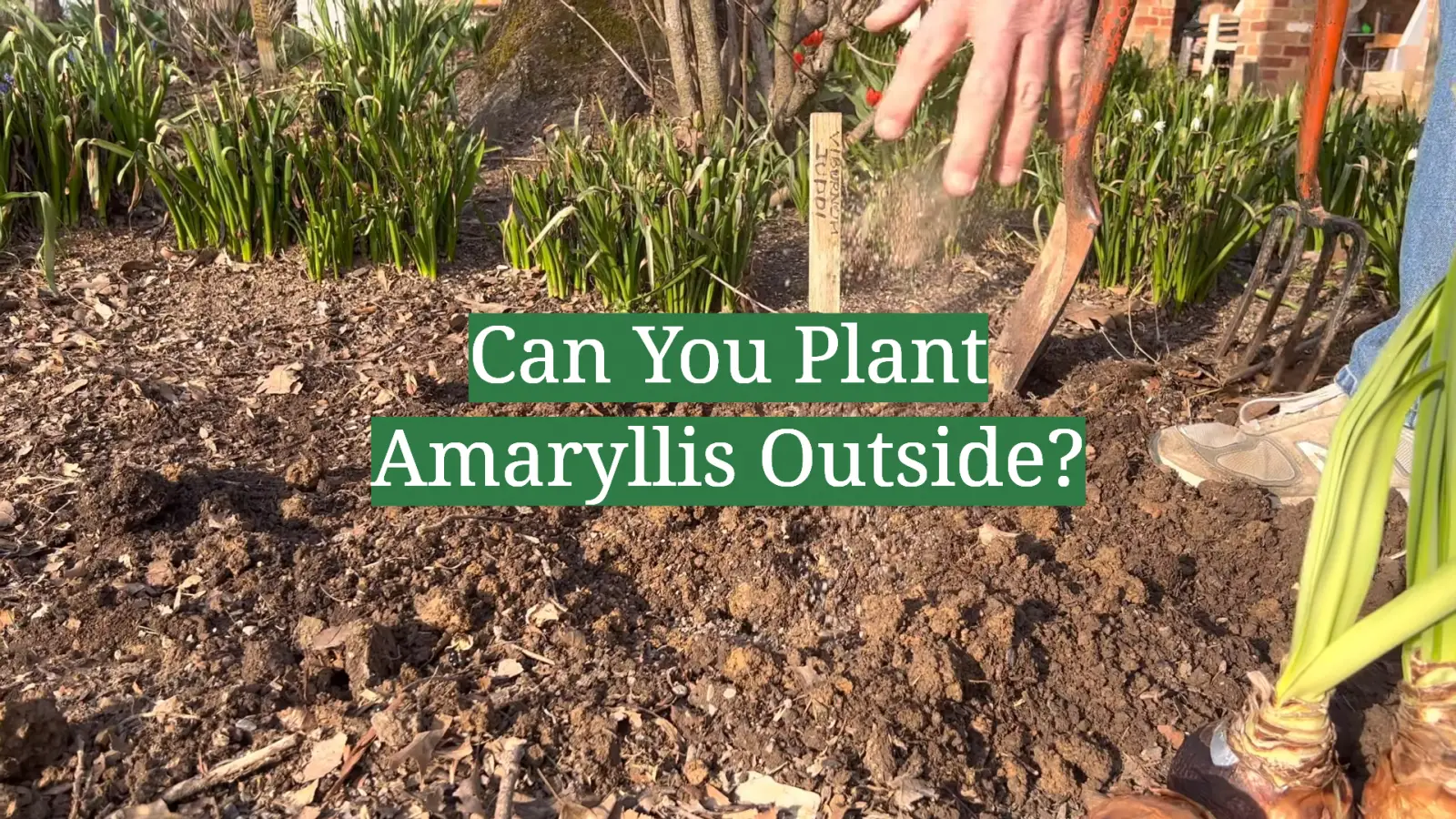
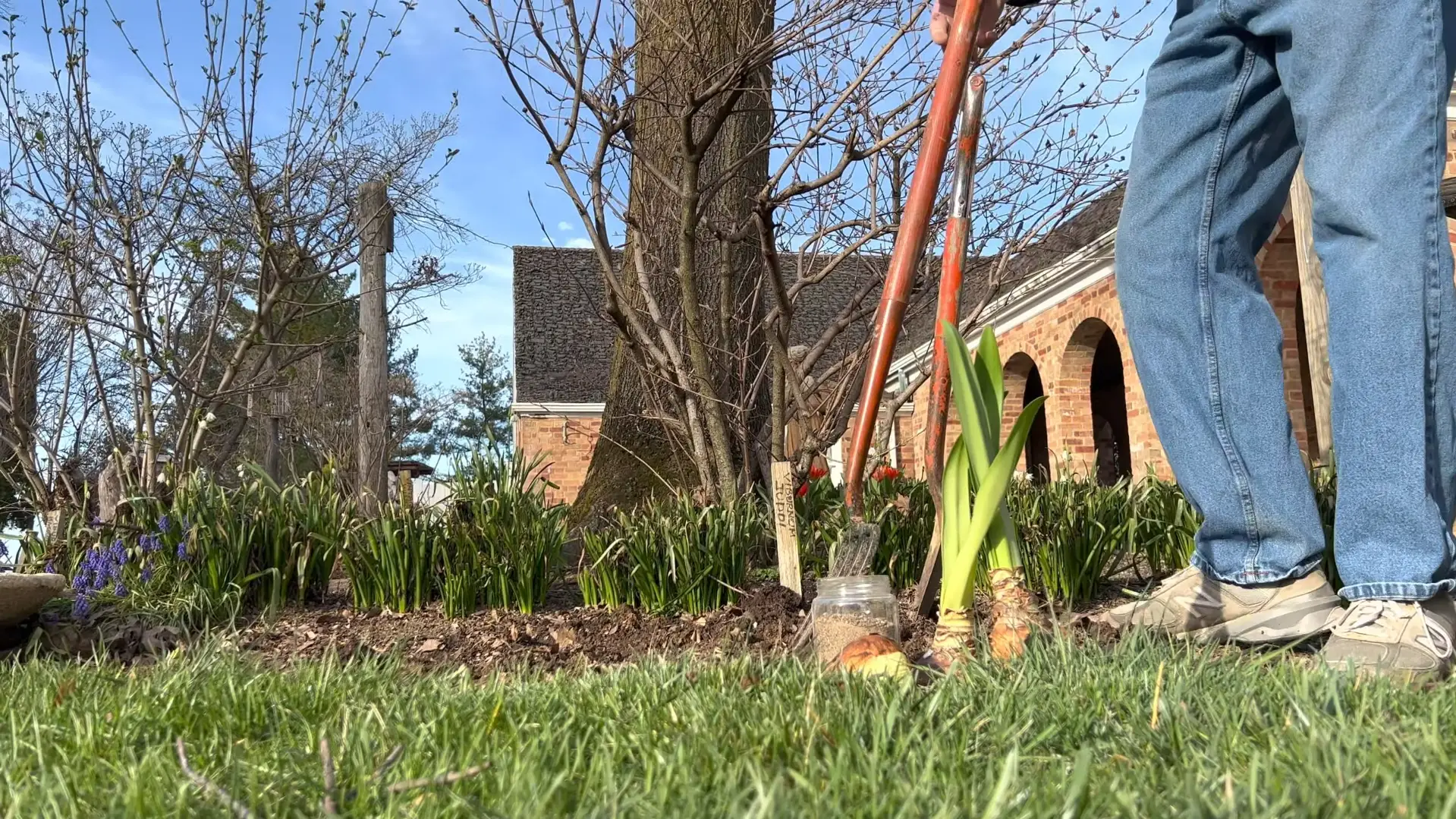
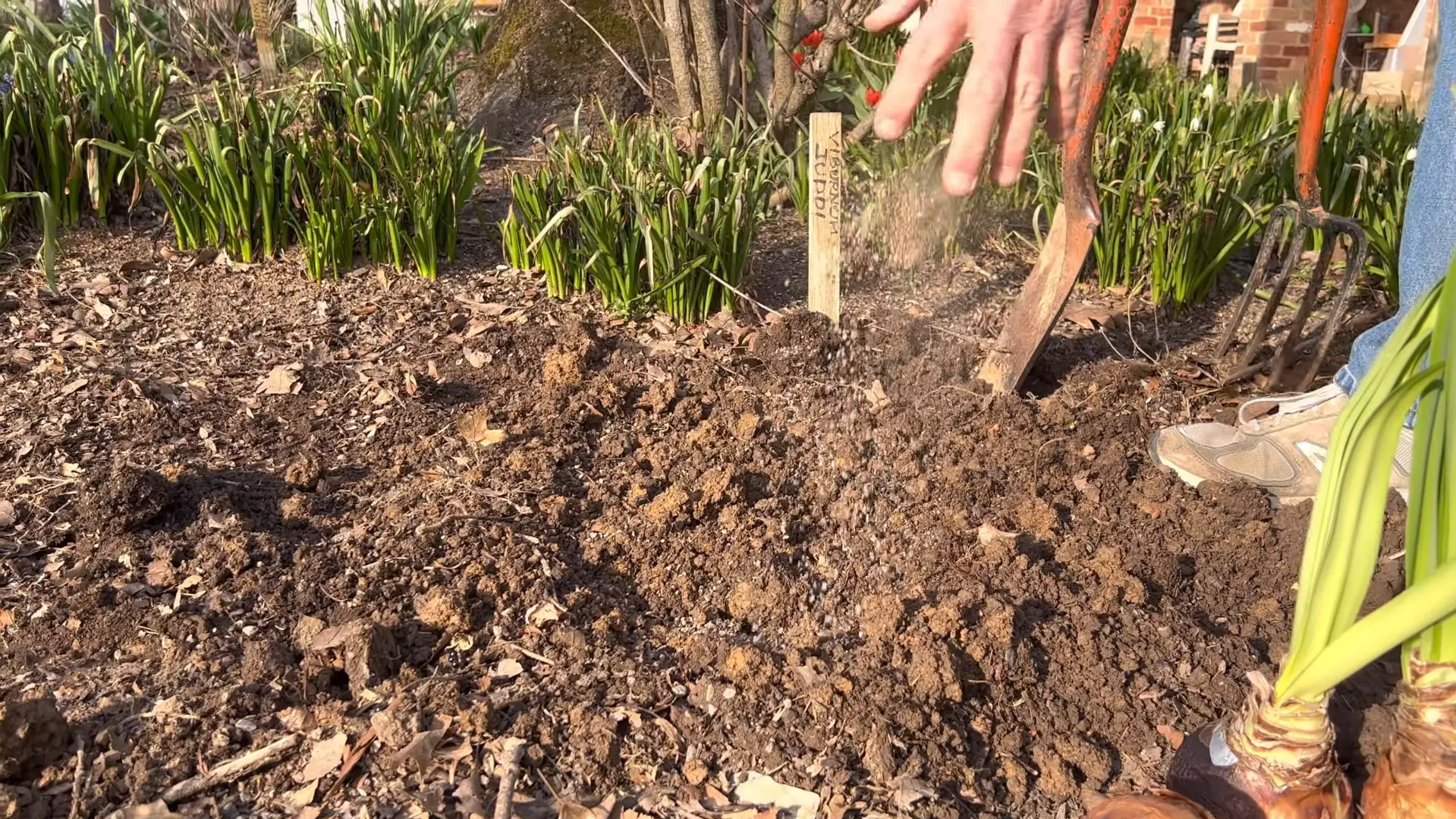

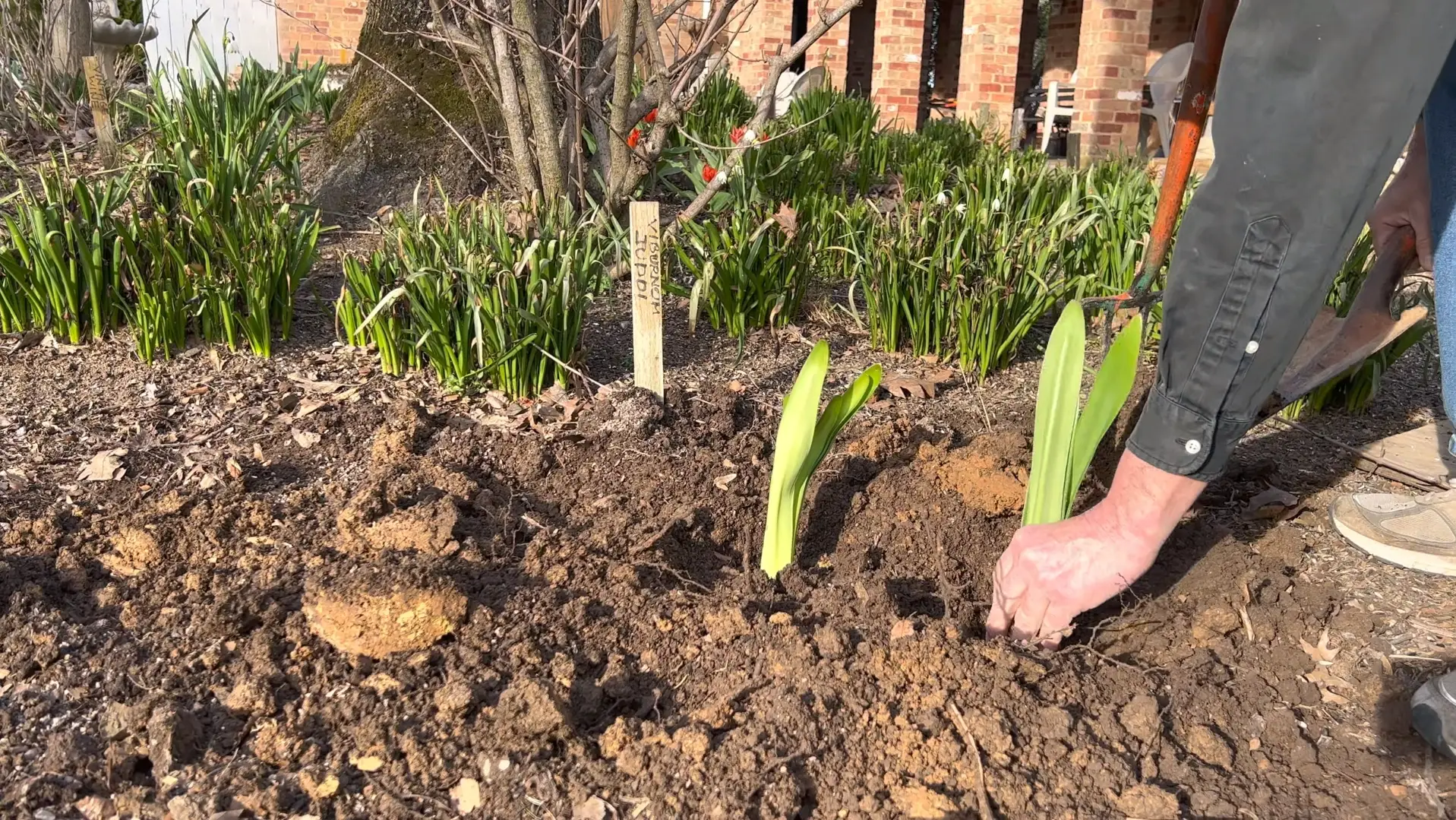
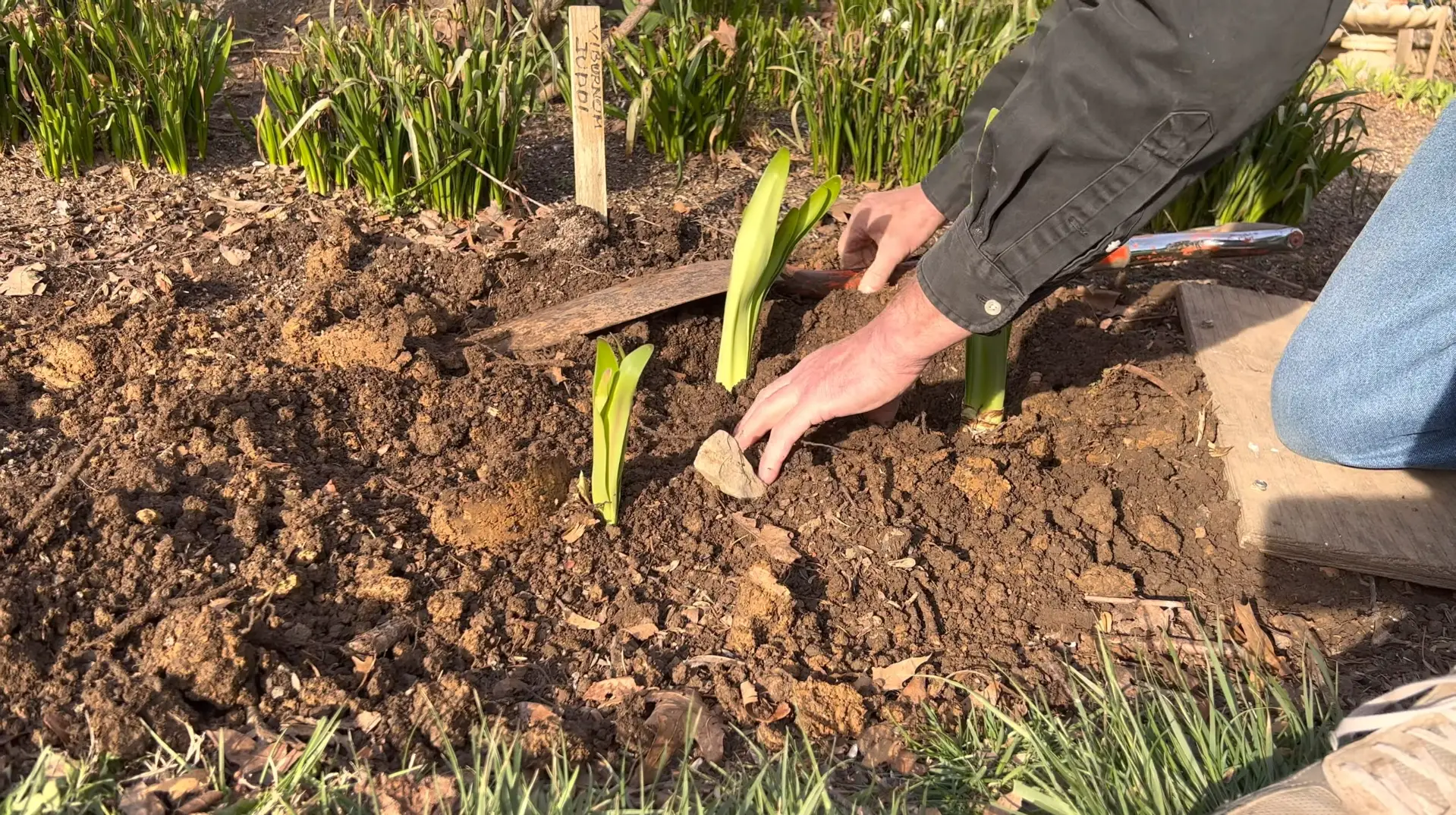




Leave a Reply
View Comments